During it’s scuttlebutt with Russia, England looked to the American Colonies for independence from Russian Hemp. In 1717, English merchants became so fed up with Russian cheating, they complained loudly enough to Parliament to pressure the English secretary of state to threaten the Russian ambassador that unless the abuses stopped once and for all England would go elsewhere for its hemp, such as the American colonies.
Parliament lamented: The royal navy and the navigation of England under God, the wealth, safety and strength of this kingdom depends on the due supply of stores necessary for the same, which [are] being now brought in mostly from foreign parts in foreign shipping at exorbitant and arbitrary rates…
A pamphlet written by a Sir Richard Haines spoke directly at England's need to become self-sufficient in hemp: “…a further advantage by this planting of hemp, etc., will accrue towards making of sails, cables, and other cordage necessary for shipping, of which may be made at home, without being beholden to our neighbours for a commodity so important to navigation, parting with our money to strangers for it, as we usually do to a very great yearly value.”
One of the better known Virginia landowners who astutely anticipated both the war and the demand for hemp was Robert "King" Carter, an early ancestor of
President Jimmy Carter. Although he owned more than 300,000 acres in Virginia, Carter was much more than just a wealthy land baron. During his career, he held many colonial offices among which were justice of the peace, member of the House of the Burgesses, speaker of the House, colonial treasurer, and commander of the local militia. The Carters and other Virginia aristocrat societies were leaders in every social, religious, and political event that took place in the colony. So held in awe was Carter that it was said no Christian save the minister would think of entering Christ's Church on the Sabbath before "King" Carter arrived.
In 1774, on the eve of the Revolution, Carter took stock of the political situation in the colonies and decided that tobacco would no longer be a profitable concern. Accordingly, he wrote to one of his foremen, "I apprehend that tobacco which may be here, next summer will be in little demand… [Therefore] in place of tobacco – hemp and flax will be grown." At the same time, he erected a spinning factory on his plantation to process the future hemp crop.
Even with the hemp from his own vast farmlands, Carter did not have enough hemp to suit his needs. In 1775, he bought five hundred pounds from his stepbrother. In 1776, he bought two tons more. Much of this hemp was spun into osnaburg, a coarse fabric used to make shirts and trousers for workmen and the Revolution's soldiers.
Hemp was more than just fiber for clothes, however. It was also money. In 1781, Governor Thomas Jefferson received a note from David Ross, Virginia's purchasing agent, stating that his buyer in Philadelphia "writes me the 2,000 Stand of Arms will be ready this week." But to pay for them, he was "obliged to engage hemp" since there was "no encouragement from Congress that they can do anything for [us] in money matters. Tobacco will not do there and we have nothing to depend upon but our hemp." In a later note, Ross acknowledged that Jefferson was reserving "The hemp in the back country… to be used in paying for articles bought in Philadelphia and a valuable Fund…" A year later, a Philadelphia businessman likewise noted that "hemp, tar, pitch, and turpentine command cash in preference to any other goods".
The reason hemp was more valuable than cash was simple. Paper money had no value in the colonies. A thousand dollars in Virginia currency, for example, was only worth one dollar in silver. Because of the lack of faith in paper money, the American economy operated on the barter system. And because of hemp's comparative uniformity, its comparative freedom from deterioration, the universal and steady demand for it, and its value, which exceeded all other raw produce", it "was recognized as the standard commodity for the first three or four decades" of the new American republic. Anything and everything could be bartered for hemp, from the local newspaper to the services of stud racehorses.
The American Revolution altered the lives of the American people in many ways. Hitherto, the colonists had relied heavily on imports from England, especially for clothing. Had it not been for organizations like the Daughters of Liberty, whose enthusiasm and efforts encouraged colonial women to make their own clothes, the disastrous winter of 1778 at Valley Forge might have been typical of life throughout the northern colonies.
In addition to making clothes and rope from hemp, the Americans had another equally important need for the precious fiber during the Revolution – paper. Although hemp was a basic ingredient in the invention of paper, other materials such as flax and cotton had long since replaced it. However, in 1716, a pamphlet was published on the art of papermaking entitled ‘Essays For the Month of December 1716”, to be continued monthly by a Society of Gentlemen for the benefit of the people of England, which urged papermakers to return once again to hemp.
Detailed instructions were given as to how to prepare the hemp for the job and paper mill owners were invited to plant hemp in their yards so that they would have their own supply of raw material.
In 1765, a dedicated English paper manufacturer named Jacob Christian Schaffer began writing a long and thorough text on the art of papermaking which was based on experiments he himself had made during his career in the paper industry. In going over the different materials that had been used to make paper in the past, Schooner noted that while rage and worn-out linen were the main raw materials for making paper in his day, "The dearth of this material is now complained of everywhere." To deal with this shortage Schooner proposed hemp fiber as an alternative, and to prove its feasibility, he printed portions of the third volume of his textbook on pages made form hemp fiber.
Several years after the publication of Schaffer's books on the art of papermaking, Robert Bell, an American printer who in 1777 identified his shop as "next door to St. Paul's Church, in Third Street, Philadelphia," likewise suggested that hemp be used as a raw material for making paper in the colonies, since now they had declared their independence from England they could no longer count on cotton or flax imports.
The problem was, however, that once war broke out, hemp became just as scarce as any other fibrous materials. For a time American papermakers had to scrounge, beg, and plead for people to bring them their old rags so that the United States would have paper upon which money, business accounts, military commands, etc., could be written. The shortage did not last forever and after the War of Independence papermakers could choose what materials to use in producing paper. But for a time, the acute hemp and paper shortage threatened to undermine the American war effort.
As long as spinning and weaving were primarily household activities, they were encouraged by Parliament. But when they developed to the point that colonial imports began declining due to homemade goods, England tried to restrict these activities.
The mercantile system which England adopted as an integral part of her policy toward her American colonies was basically one which required the colonists to be suppliers of raw materials to and consumers of finished goods from the mother country. By the eighteenth century, spinning and weaving had increased to such a degree that British merchants began to complain to Parliament that the colonists were not buying enough British-made goods given their alleged dependency on English manufacturing.
In response to this pressure from the business sector, Parliament passed the Wool Act in 1699, which essentially deprived the colonists of the right to import wool. To circumvent this restriction, the colonists made more and more use of hemp and flax fibers. In 1708, Calib Heathcote, a New York colonist seeking a contract from the British Board of Trade to supply naval stores to England, wrote that his neighbors "were already so far advanced that three fourths of the linen and woolen used, was made amongst them… and if some speedy and effectual ways are not found effectual ways are not found to put a stop to it, they will carry it on a great deal further…"
Parliament demanded an explanation from Governor Dudley of Massachusetts concerning the reluctance of the colonists to buy British goods. Dudley replied that Americans would be more than happy to buy and wear goods made in England if they could pay for them. But since they could not earn enough money from chopping wood and sawing lumber, they were forced to make and sell their own goods, leaving those that were made in Britain to more affluent New Englanders. 
Text and photos:
“The Great Book of Hemp” by Rowan Robinson, 1996; “The Emperor Wears No Clothes” by Jack Herer, 2000; “Hemp Horizons” by John W. Roulac, 1997; “Journal of Industrial Hemp” published by The Haworth Press, Inc., 1996; "Marijuana, The First 12,000 Years" by Ernest Abel.
The event which ultimately transformed the colonies from part-time household producers of clothing to full-time manufacturers, and caused more than one ulcer in the British business community, was the arrival in Boston in 1718 of a number of professional spinners and weavers from Ireland. Although colonial women had been spinning their own thread for some time, their expertise was nowhere near that of the professional European craftsmen. When these newcomers landed in Boston, the women of the town asked them for advice on how to make better cloth. The immigrants were more than obliging, and soon Boston's women, young and old, rich and poor, were flocking to the Common where a makeshift spinning school had been set up to teach the colonists how to spin thread professionally. The whir of spinning wheels soon filled the air from morning to night as each woman competed with her neighbor to produce more and better thread.
Boston's womenfolk, it was said, had been bitten by the "spinning craze". It was the passage of the Stamp Act in 1765, however, that really sent the women of New England to their spinning wheels in earnest. The new law promulgated by Parliament did more to crystallize opposition to the import and consumption of British goods in the colonies than did any other single measure.
Businessmen refused to purchase any products made in England and colonists agreed not to wear any clothing except that manufactured domestically. In New England, the campaign not to buy British goods was led by a group of women who called themselves the Daughters of Liberty. To meet the expected demand that a boycott against British goods would create in the colonies, the Daughters turned to "spinning bees", as the "spinning crazes" were now called.
Between 1766 and 1771, women across New England met in churches, meeting halls, private homes, and anywhere else that was available, to spin in groups. Speaking at one such gathering, held in Providence, Rhode Island, the Boston Chronicle on April 7, 1766, wrote that the women gathered there "exhibited a fine example of industry, by spinning from sunrise until dark, and displayed a spirit for saving their sinking country, rarely to be found among persons of more age and experience."
These spinning bees were not without results. Production of cloth materials increased in every town and village, and it was not long before there was more than enough homemade cloth to clothe anyone who wanted American made garments. The “spinning bee” soon spread to other colonies as well. In Philadelphia, a market was opened especially for the sale of domestic fabrics. In Virginia, George Washington erected a spinning house on his plantation. Even as far as South Carolina, domestic production of fabrics increased markedly as the spirit of resistance filtered down from New England to the southern colonies.
As a result of these spontaneous gatherings, the colonists became self-sufficient in clothes. When the Revolution came and textile materials from England were completely cut off, the colonists did not face the kind of potential predicament had they not learned to manufacture their own household goods. Until trade relations could be started with other countries, the colonists were able to supply uniforms and basic clothing for their army. To maintain their newly declared independence, the American colonies not only had to field an army, they had to become self-reliant in all the resources necessary to support that army and the civilian population. Grain and beef suddenly became the chief priorities for the fledgling nation. Once they were sure of food, the colonists could devote their efforts to raising raw materials for the war effort. Foremost among the raw materials being demanded was hemp. The Revolution's impact on the hemp industry was reflected in the price for hemp fiber.
Prior to the outbreak of hostilities, hemp sold for about twenty-seven to thirty-five shillings per hundredweight. Between 1780 and 1782, the price soared to three hundred shillings.
Much of Virginia's hemp was produced by small farmers and was subsequently processed into rope and cordage. There were no fewer than eighteen "ropewalks" in Virginia transforming raw hemp fiber into badly needed rope during the Revolution, and there was still a shortage of rope. These ropewalks and various sailmaking factories sprang up all over the colony to supply the needs of the colonial navy. So important were rope and sail to the war effort that any man who worked at these jobs for at least six months was excused from military duty for the duration of the war.
Virginia's ropewalks were also considered an important war industry by the British. In April 1781, when Benedict Arnold led a force of British infantry up the Jones River and penetrated as far as Richmond, one objective of his mission was the "Public Rope Walk" in Warwick, which he destroyed. This ropewalk was the biggest rope-manufacturing factory in Virginia and its loss dealt a considerable blow to Virginia's rope production for the war effort.
Several inventions in textile machinery occurred in a relatively short time period during the industrial revolution: the flying shuttle, spinning jenny, spinning frame, and the cotton gin.
These inventions facilitated the handling of large quantities of harvested cotton. In 1764, a British carpenter and weaver named James Hargreaves invented an improved spinning jenny, a hand-powered multiple spinning machine that was the first machine to improve upon the spinning wheel.
The death blow to the American hemp industry came in the wake of the Civil War. Once trade broke off with the north, suppliers in the south lost a major market for bagging and cordage. Things were no better in the south. With no cotton to be shipped to the north or to Europe, the Confederate Congress prohibited the raising of cotton except for home use. Since no cotton was being baled, there was no need for bale rope and farmers lost their best customers.
While northern demand for hemp was unabated, businessmen had to rely exclusively on costly foreign fiber even for jobs that did not need high-quality fiber. With the loss of the cotton trade, an investigation was begun to consider the practicality of producing thread from hemp. Congress appropriated twenty thousand dollars to pay a Pennsylvanian congressman to look into the matter. His report was offered in 1865, too late to have any impact, and was ignored. Moreover, all the information he submitted was taken from contemporary encyclopedias and from some letters written to the commissioner of agriculture.
After the Civil War, hemp production never recovered. Faced with competition in the form of iron wire cables and bands, and cheaper jute bagging, many farmers simply gave up on hemp and turned instead to other agricultural staples such as wheat.
Yet hemp did not disappear from the American landscape. As late as 1890, $33,000,000 worth of cordage was manufactured in the United States, and during World War I, the hemp industry experienced a temporary revival. But the vast hemp plantations in Kentucky, Missouri, and Mississippi were gone forever. In later years, it would even become illegal to grow hemp, as Americans learned that the once-commonplace plant was a "depraver of youth" and a "provoker of crime" called marijuana.
1892 American Agriculturalist
1837 Hemp Duties
Hemp Agricultural Machinery
1500 BC – 1900 AD
1722 – 1820 Hemp Rope Walks
Hemp Prints of the 1700 -1800
Hemp Medicines, Ads, & Other Era Documents



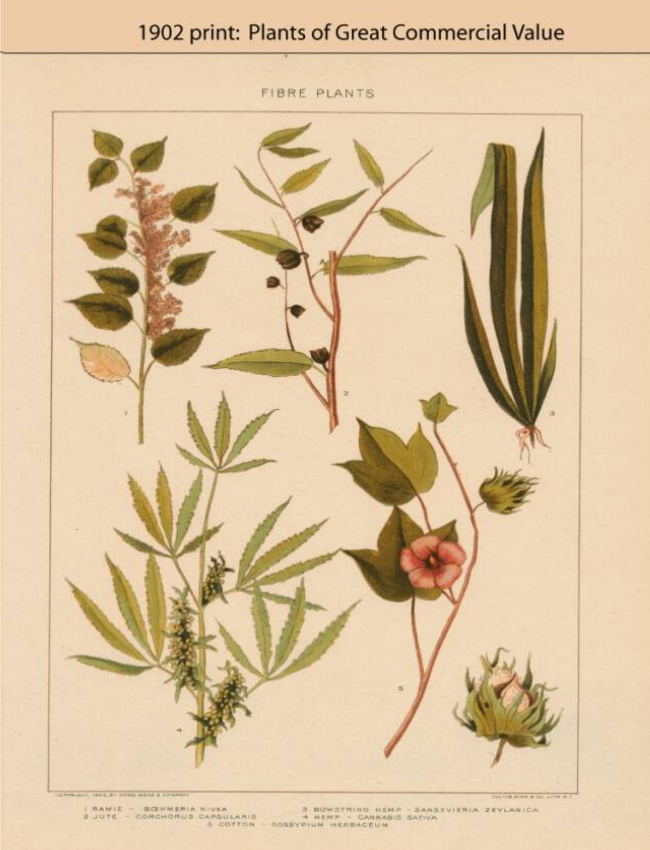
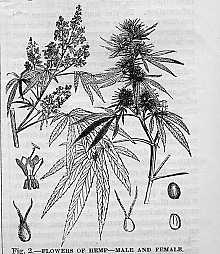
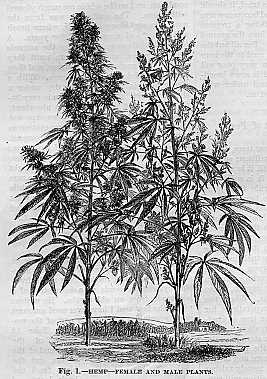

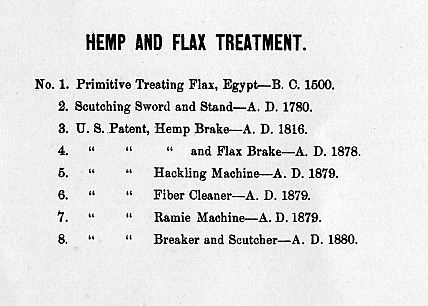
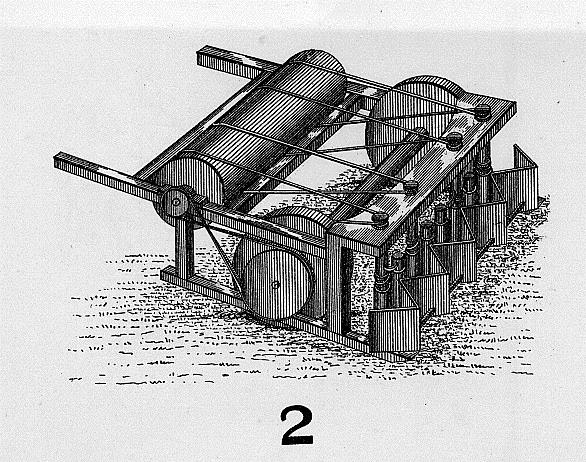
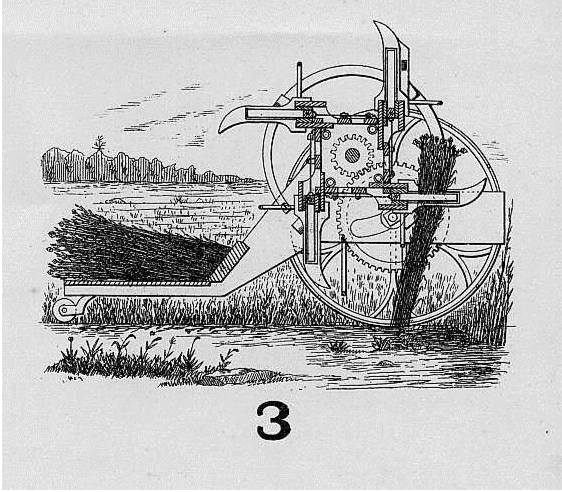
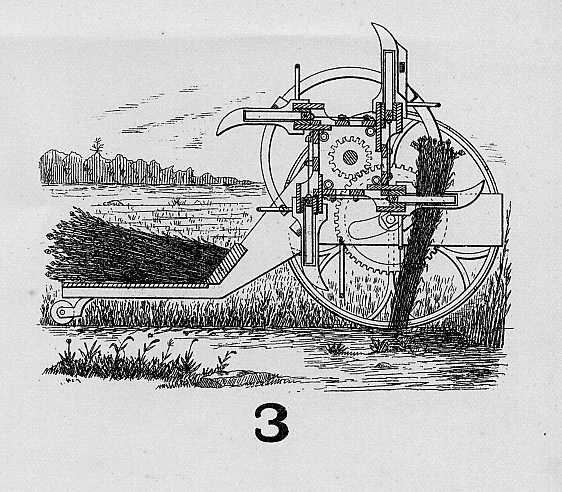
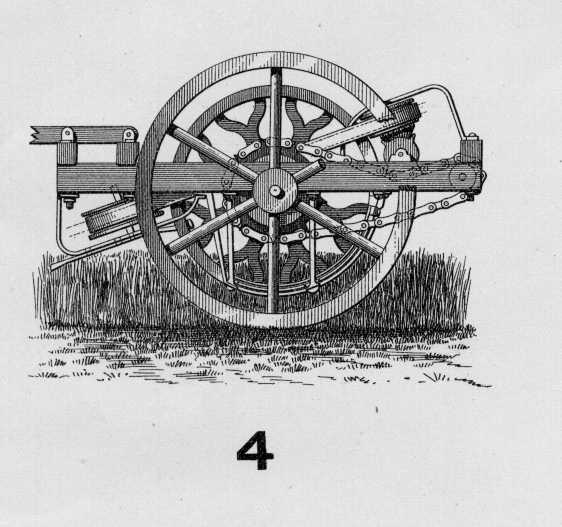
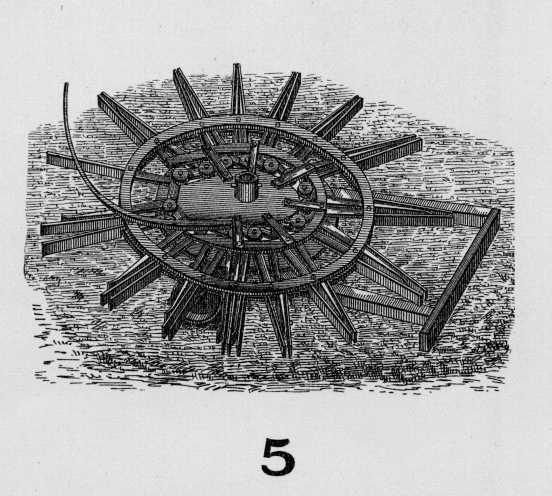
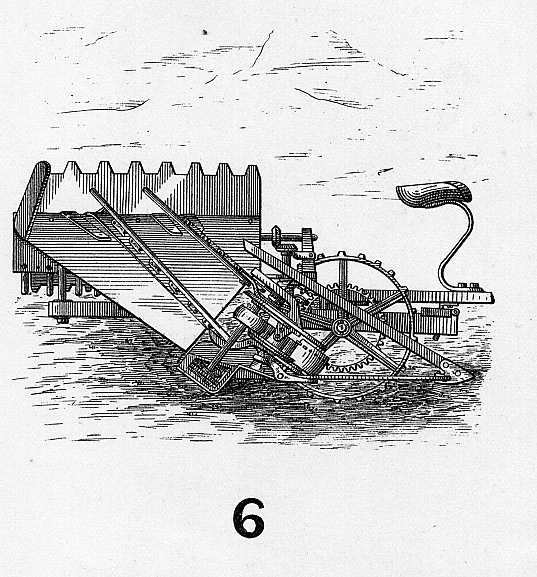
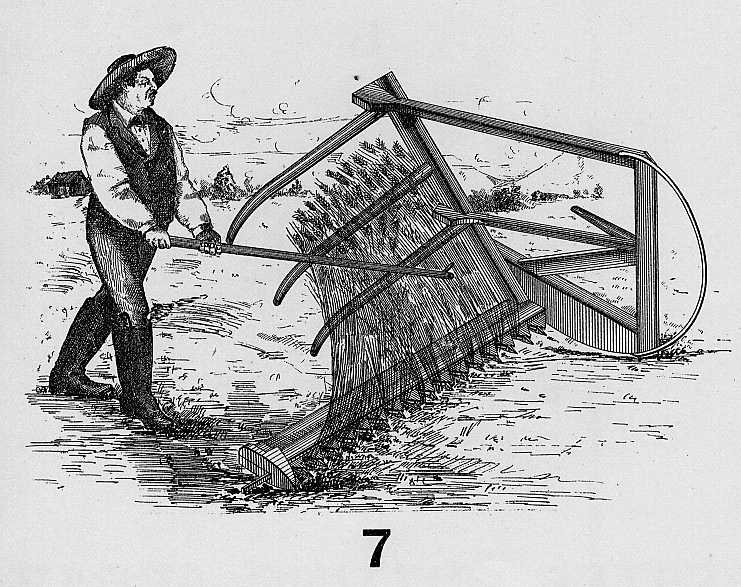
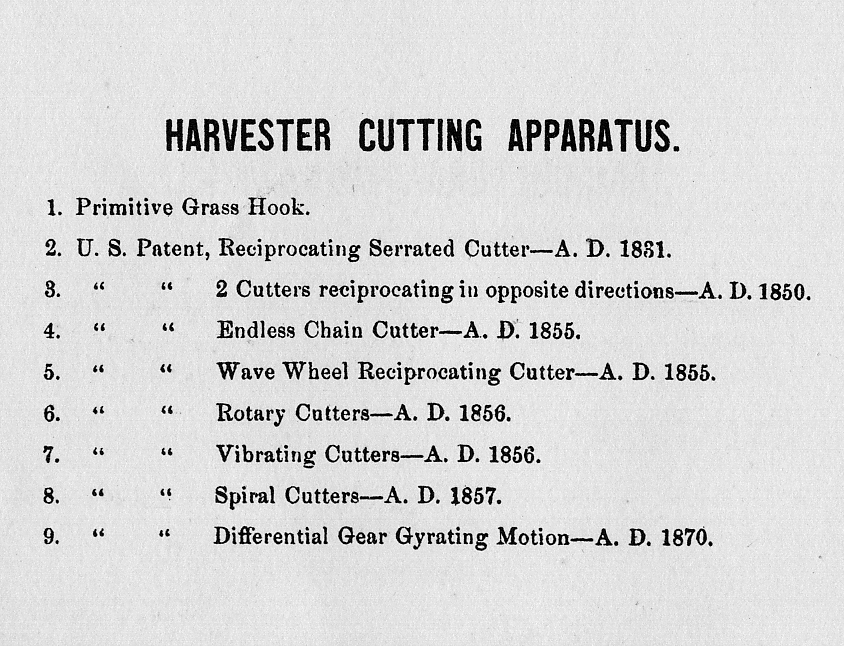
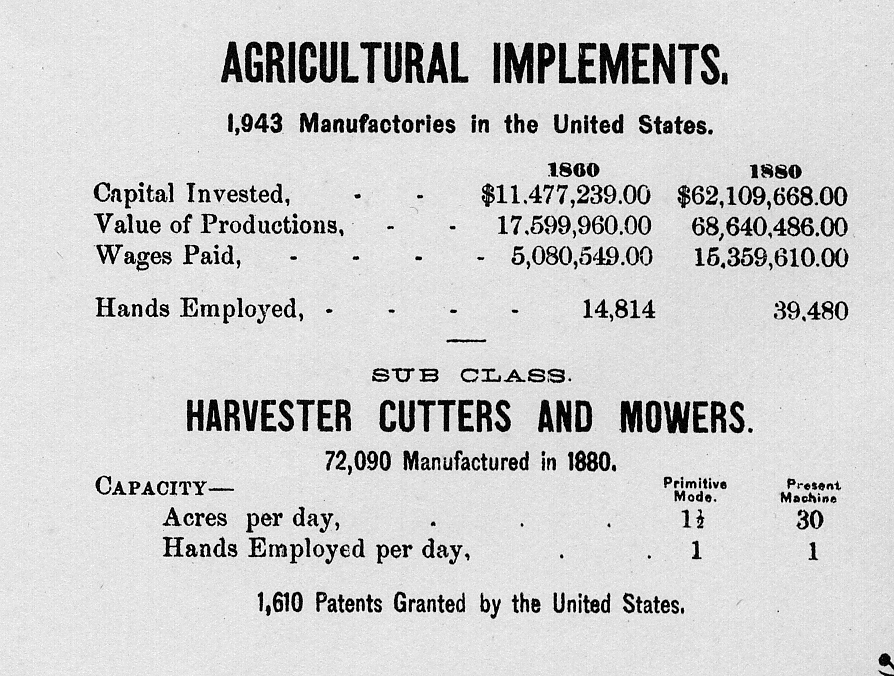
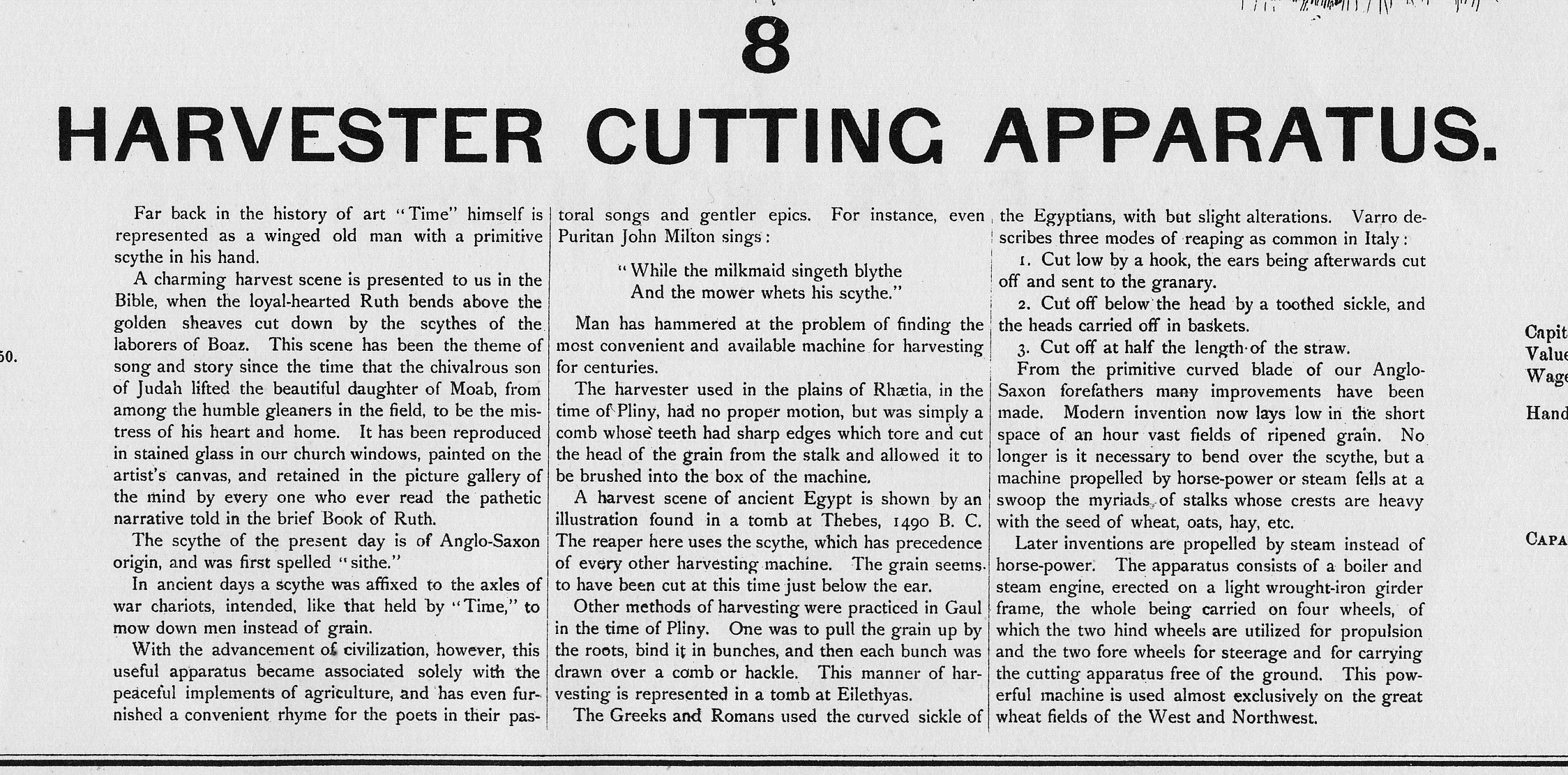
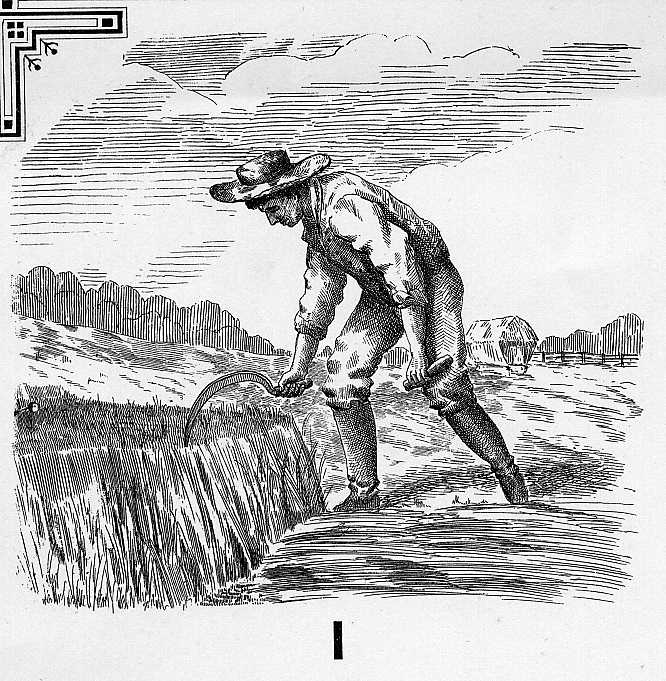
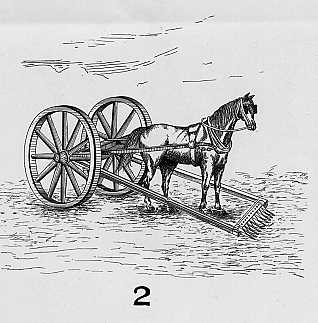
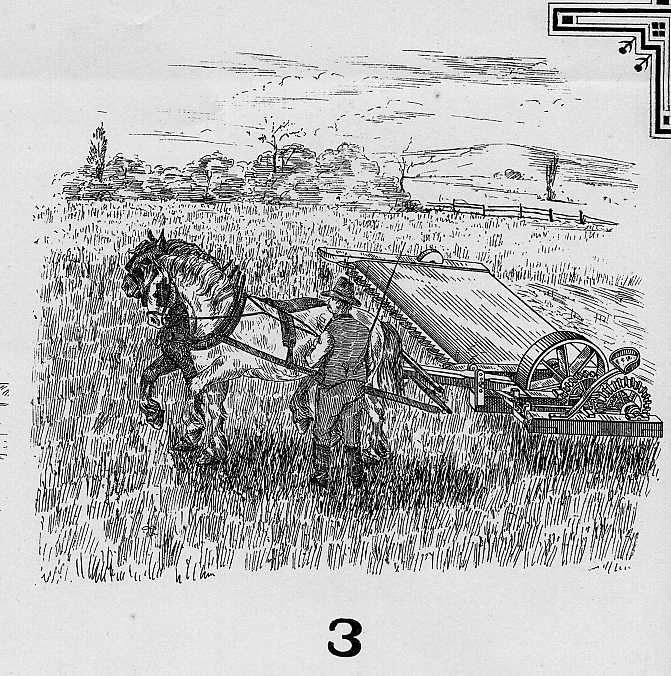
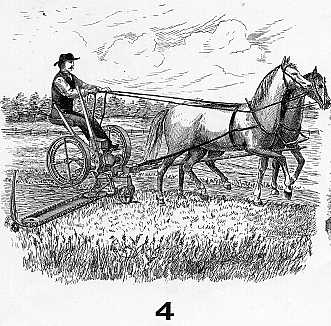
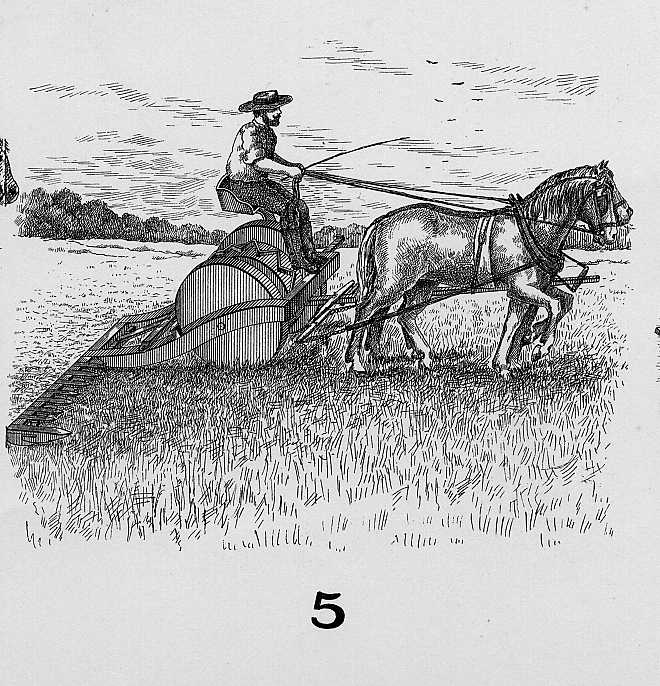
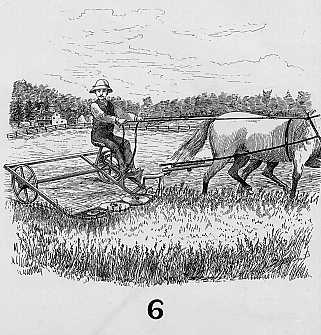
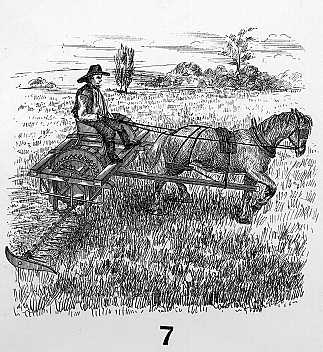
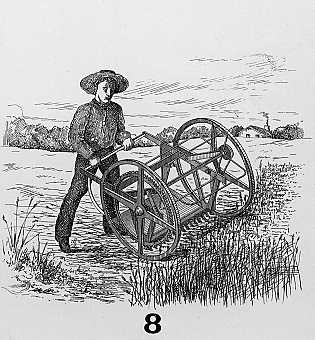
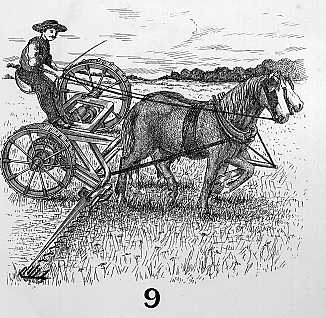
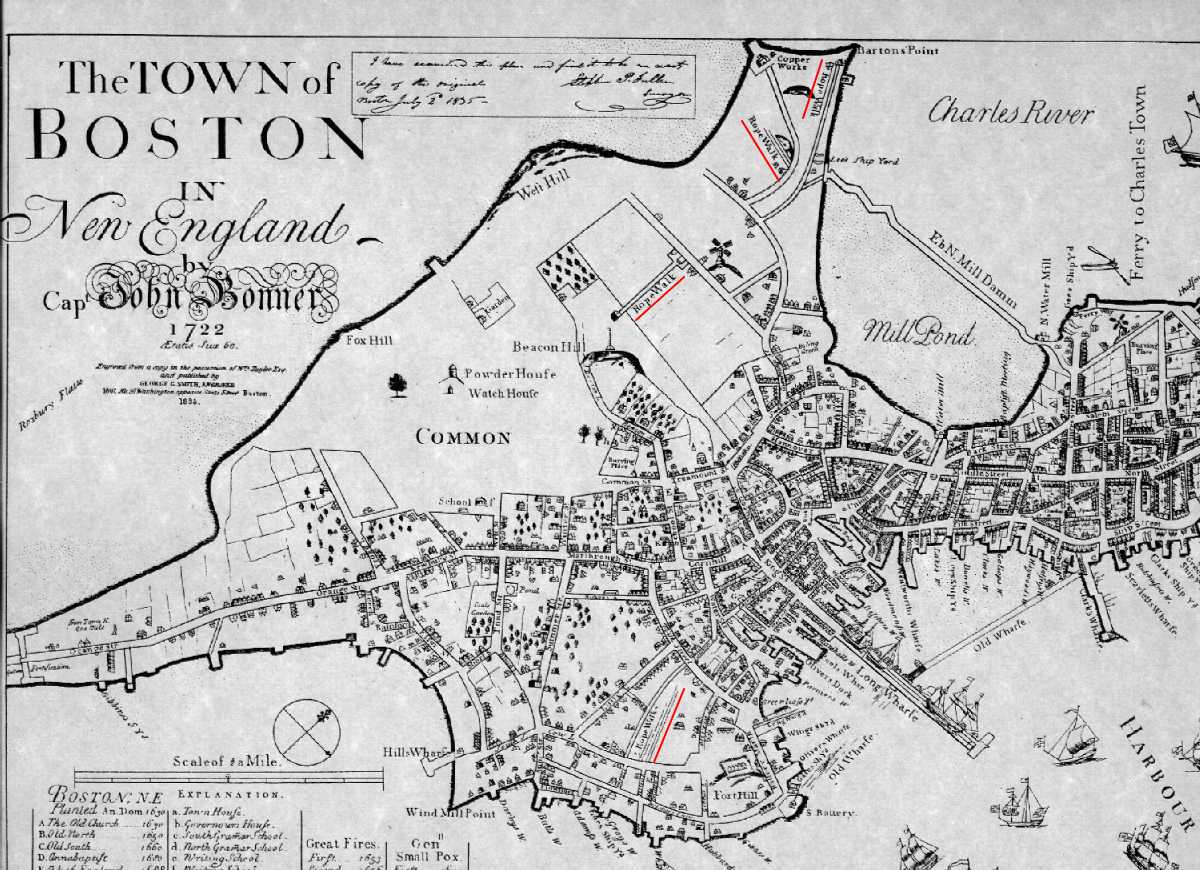
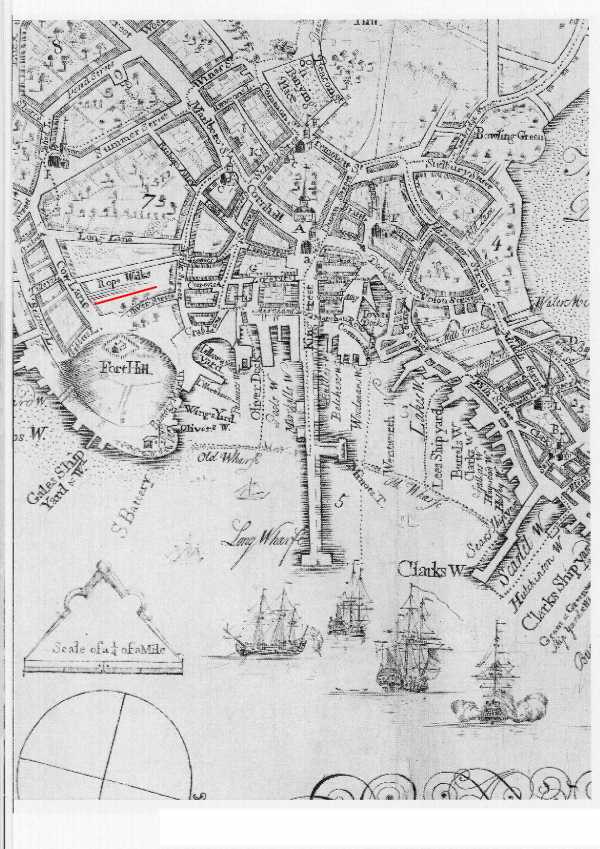
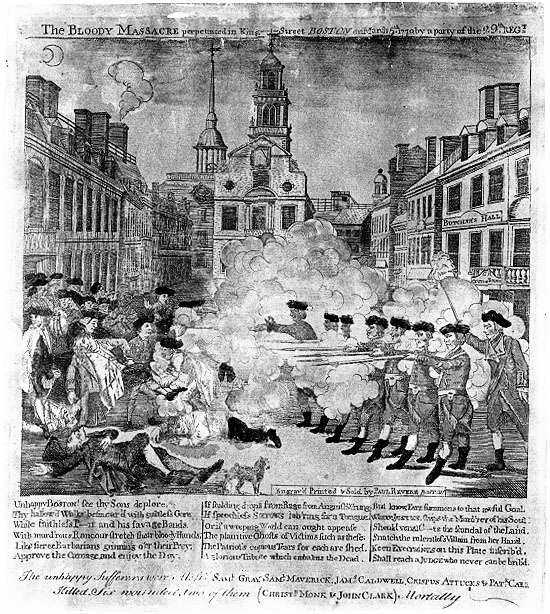
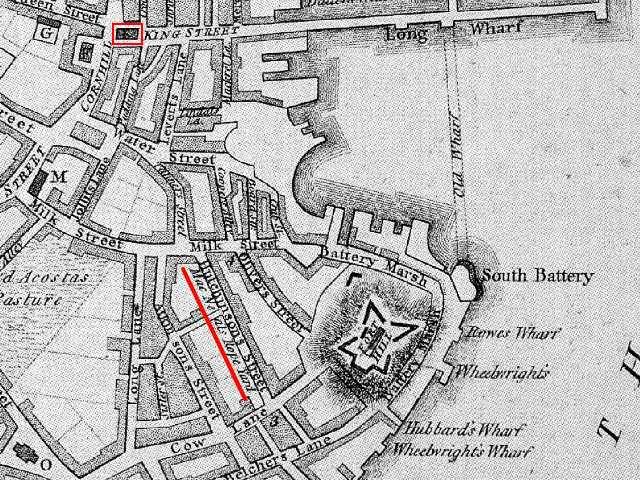

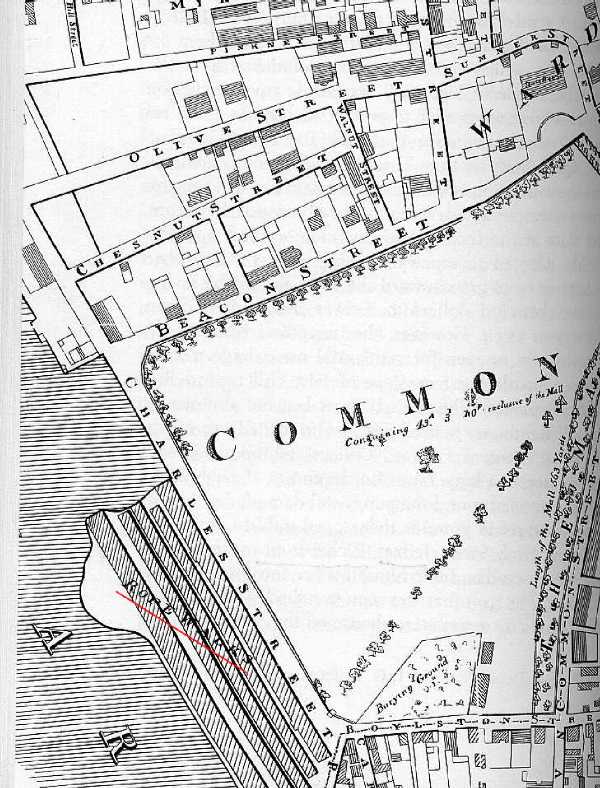
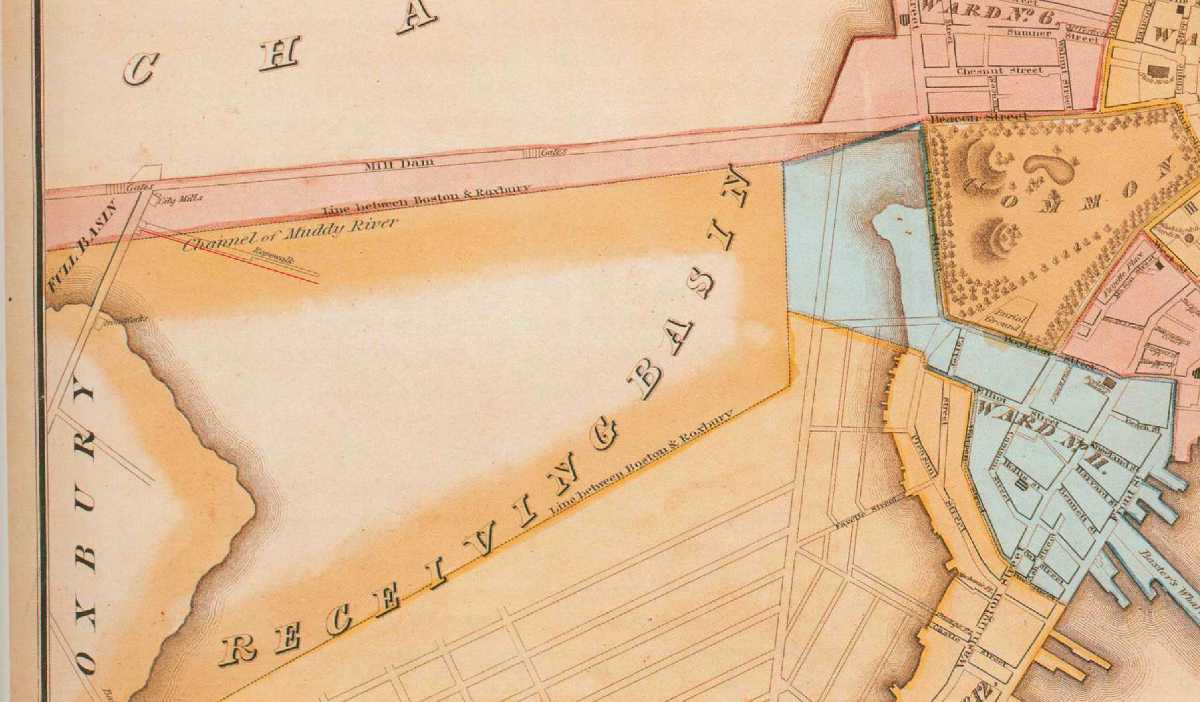
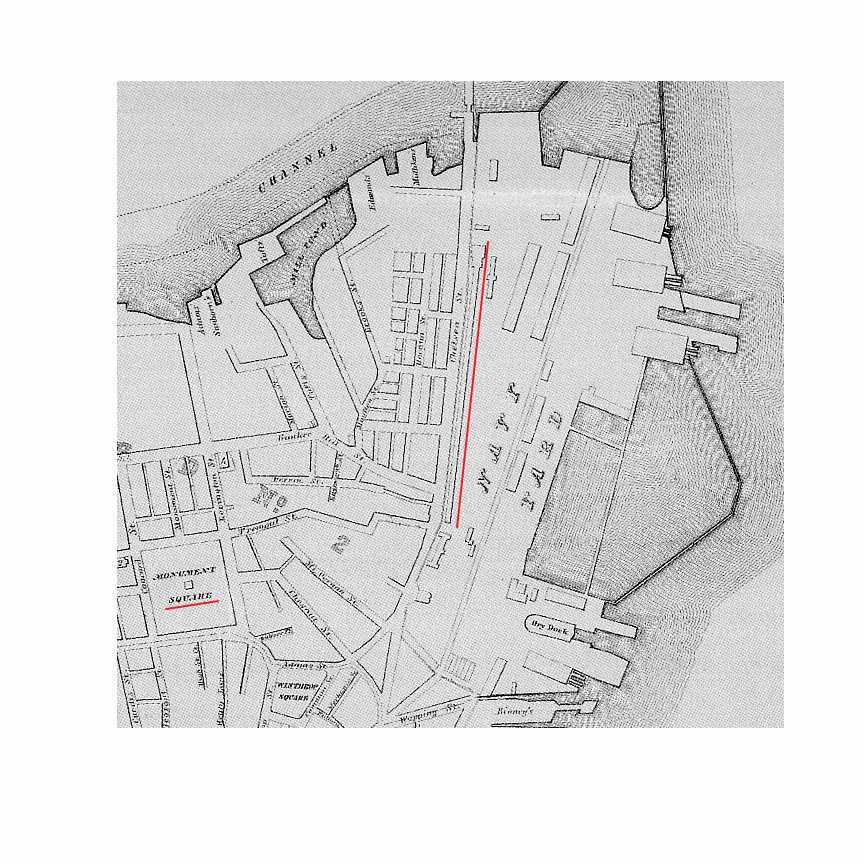
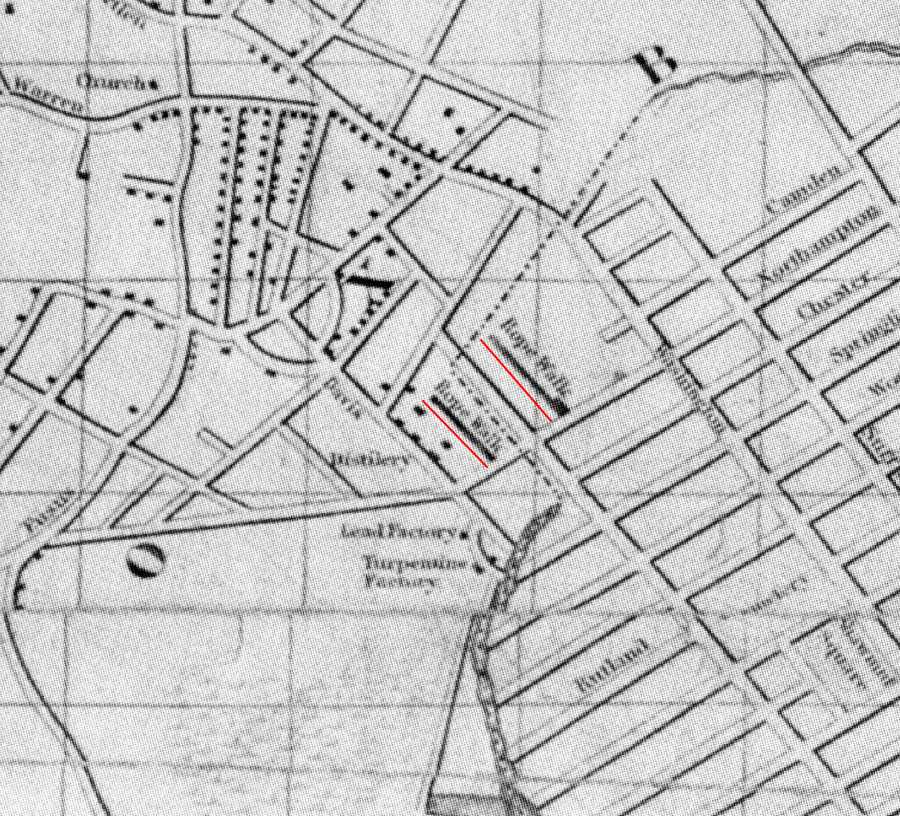
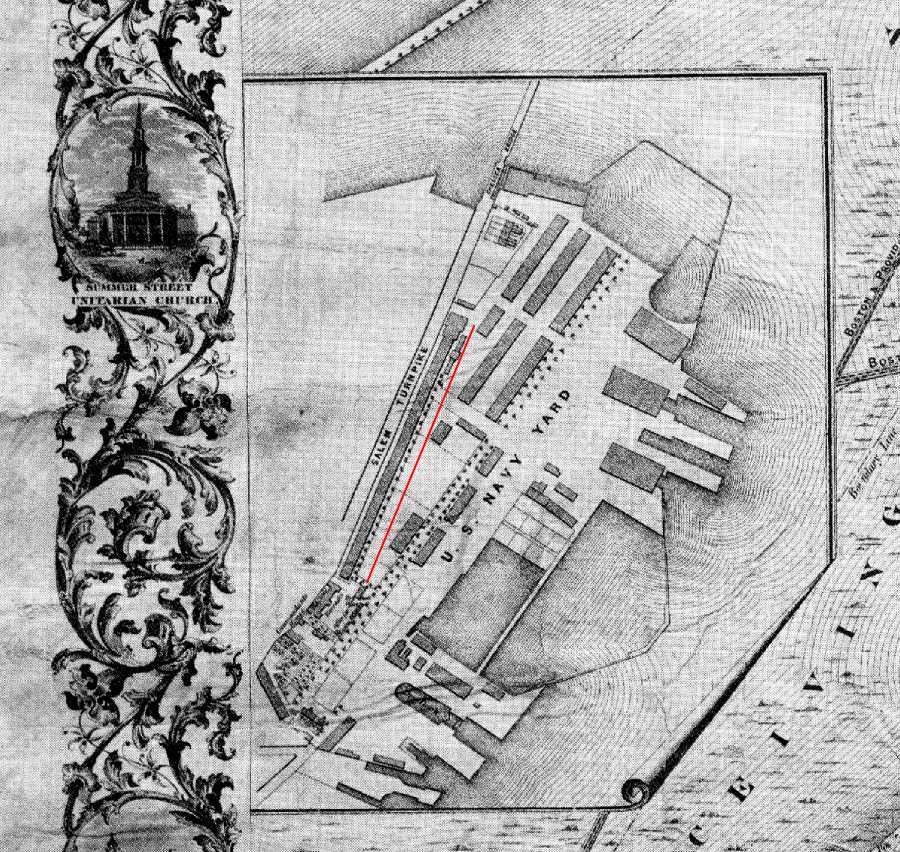
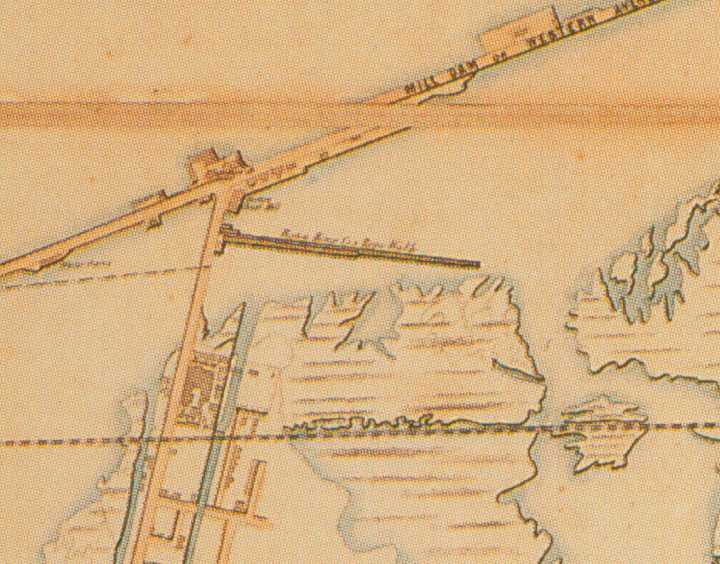
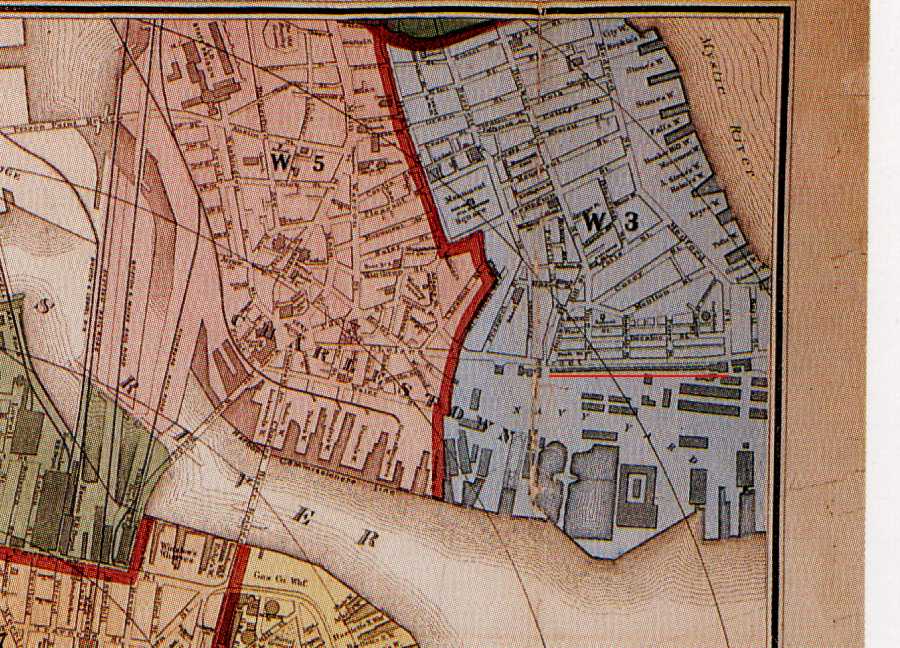
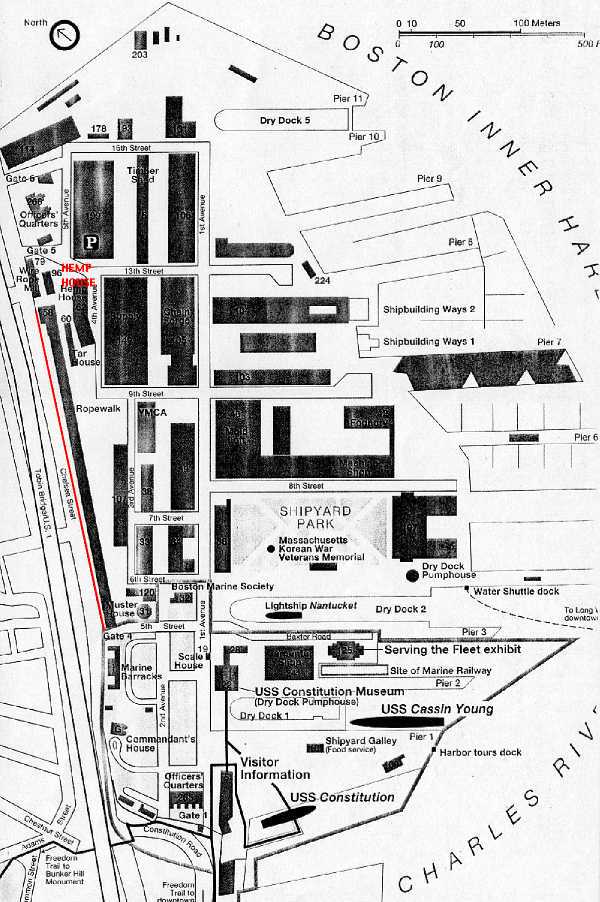
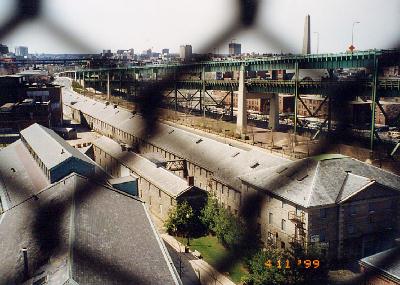
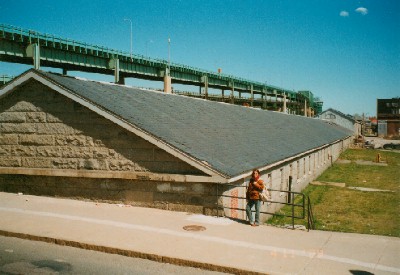
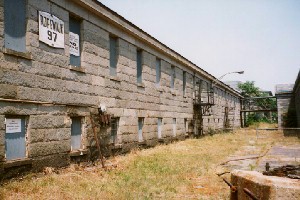
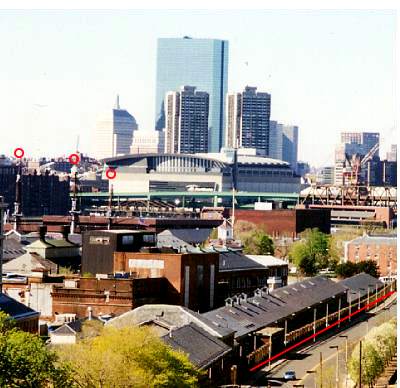
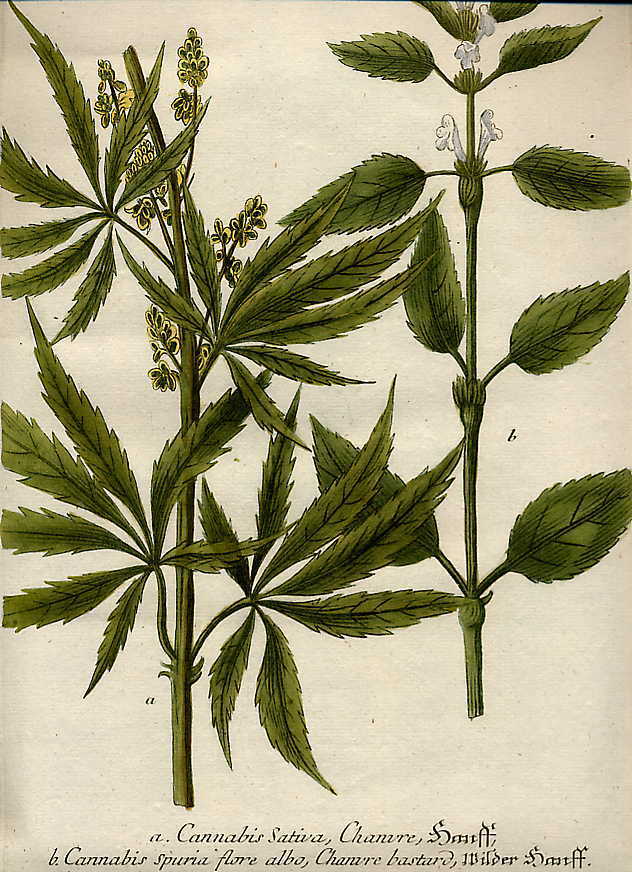
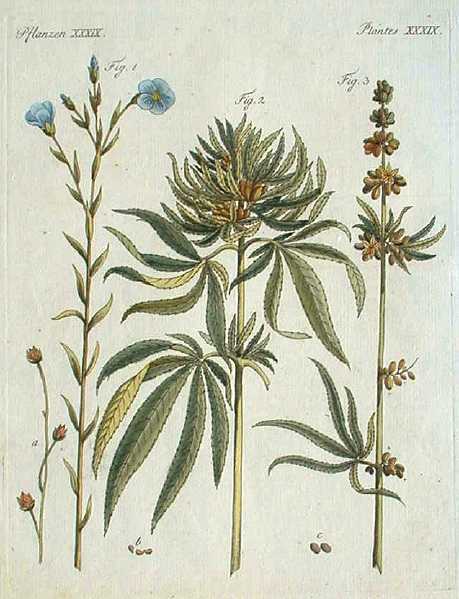
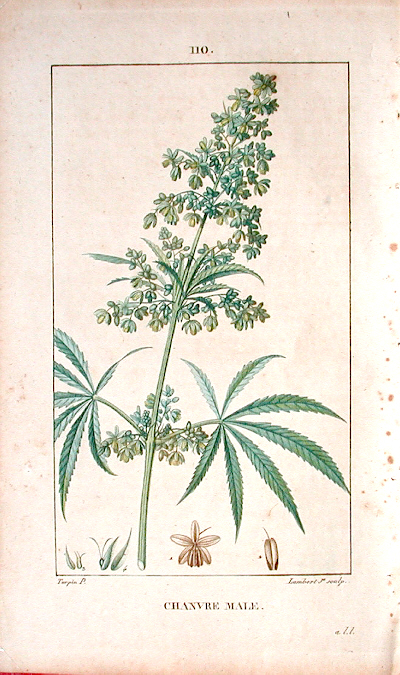






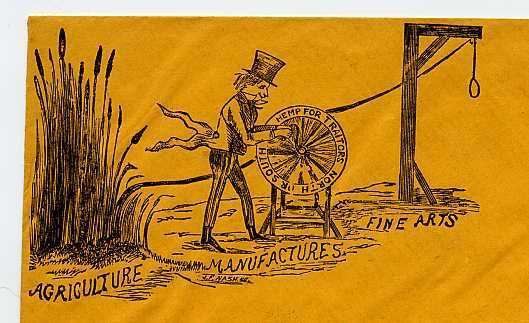

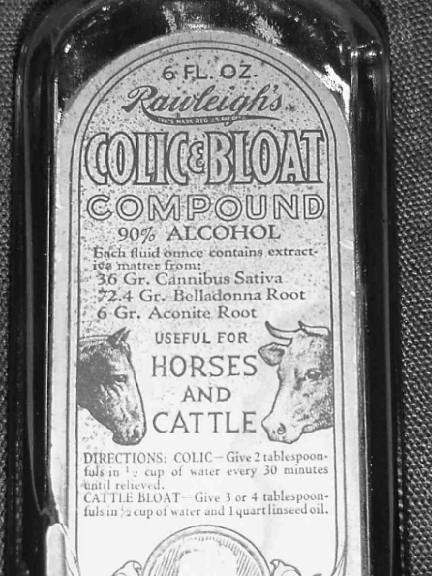
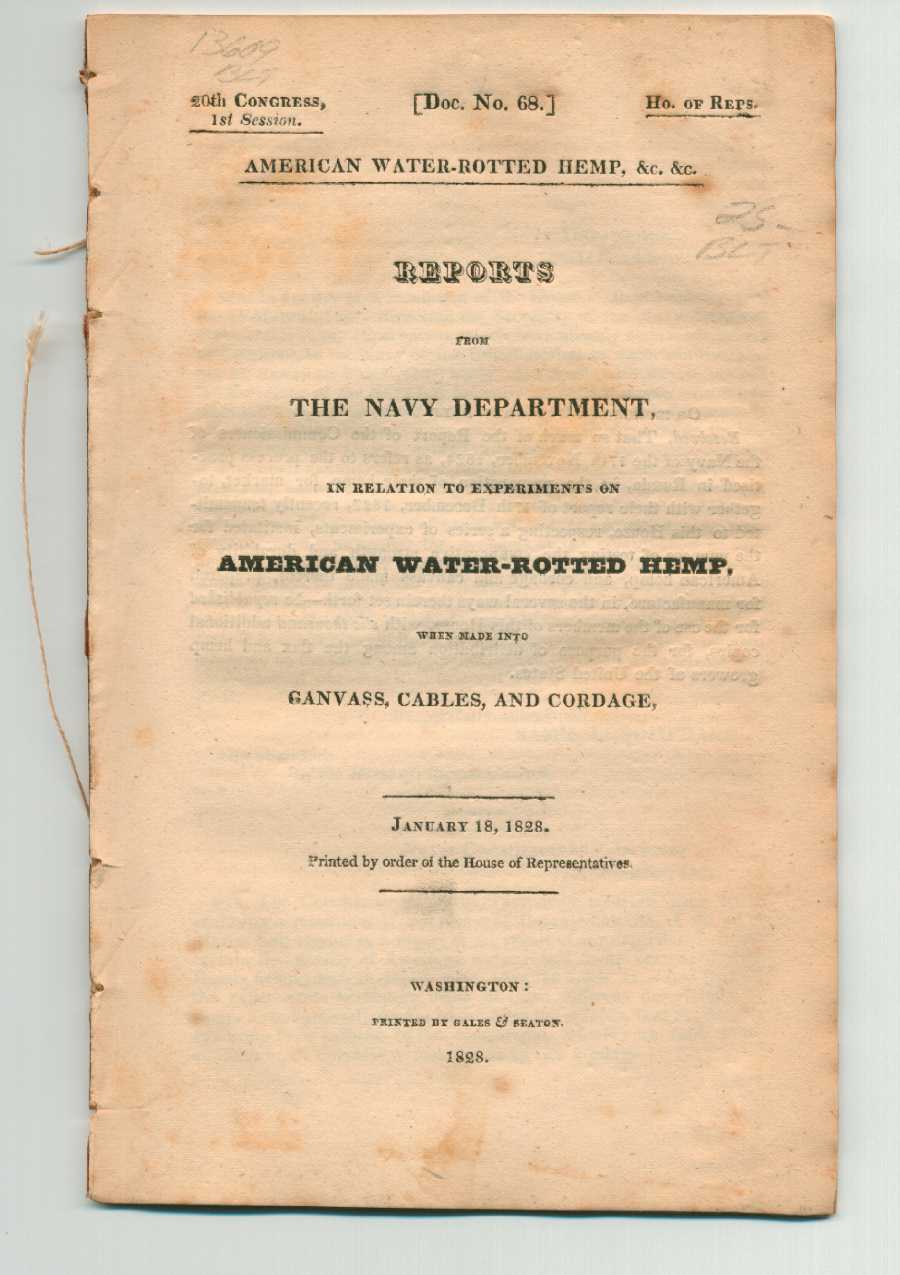
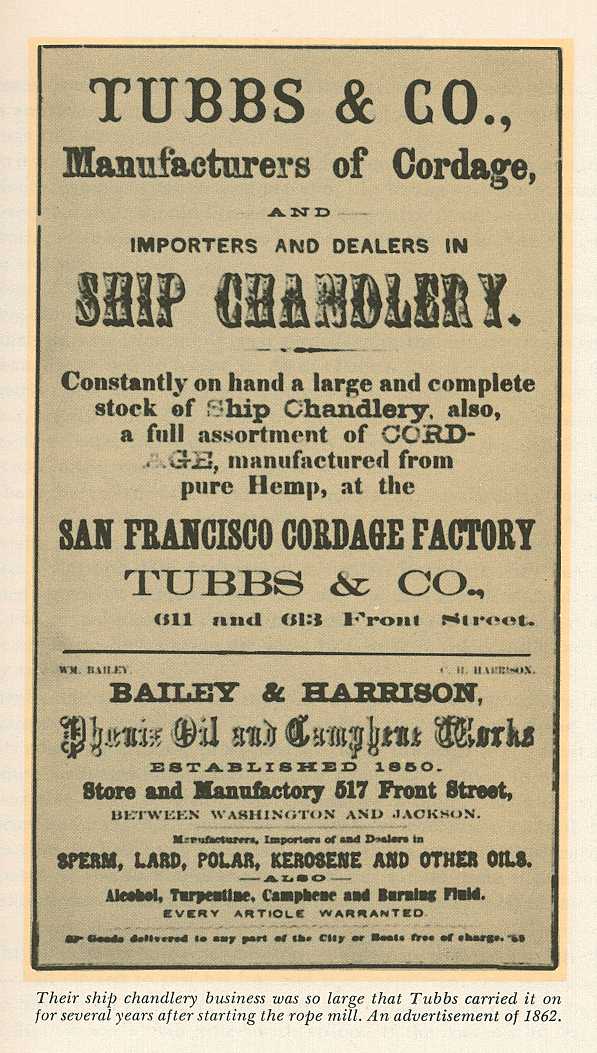
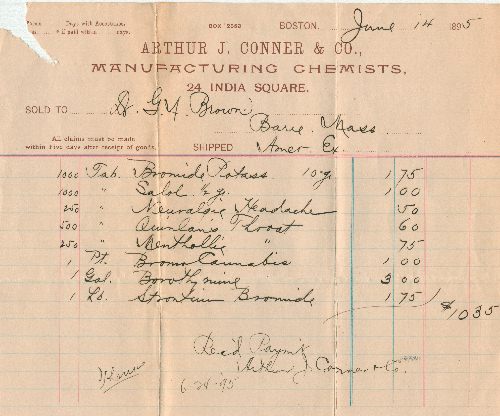
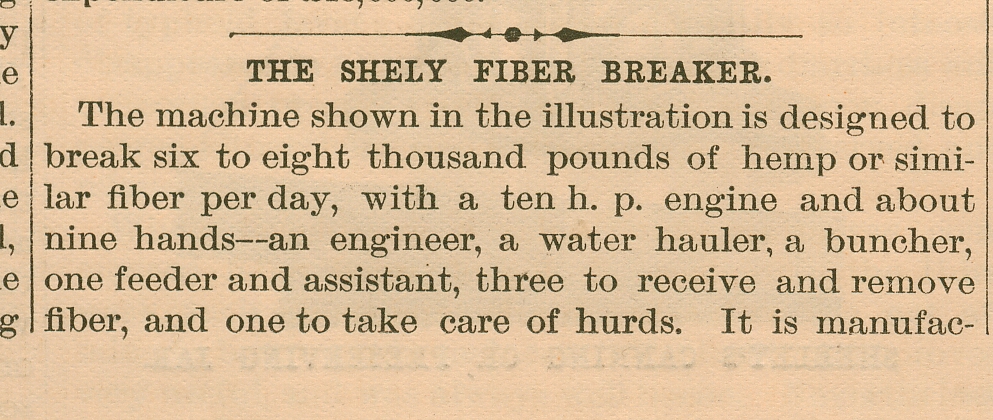
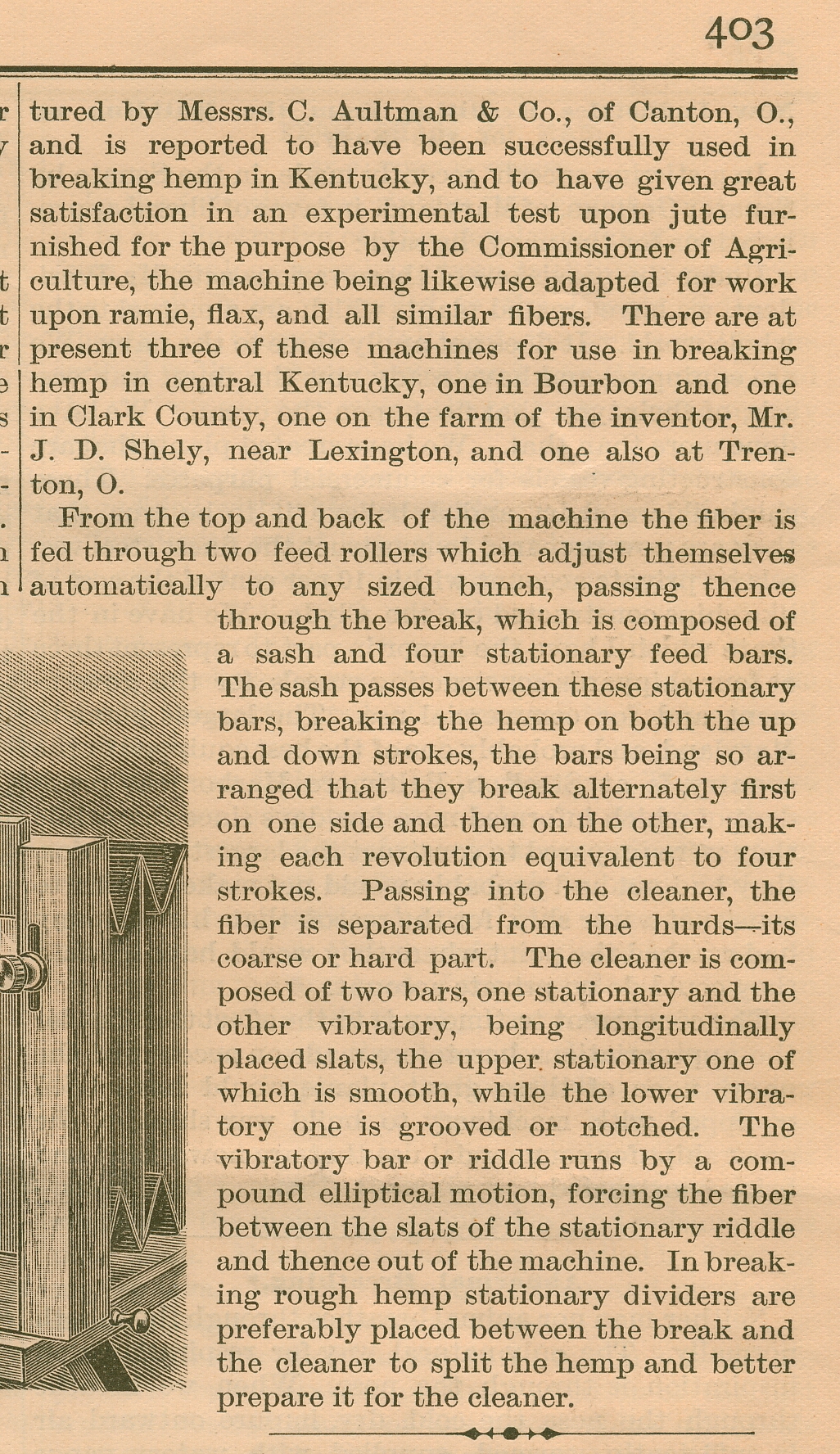
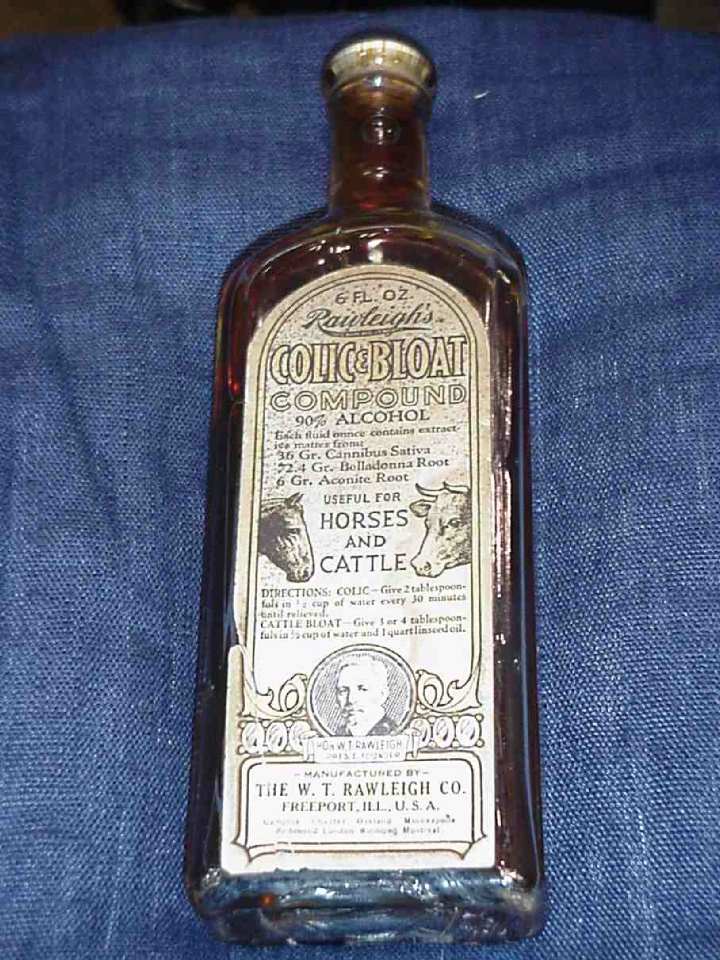




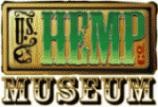
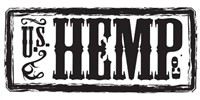
3 Responses to Early America